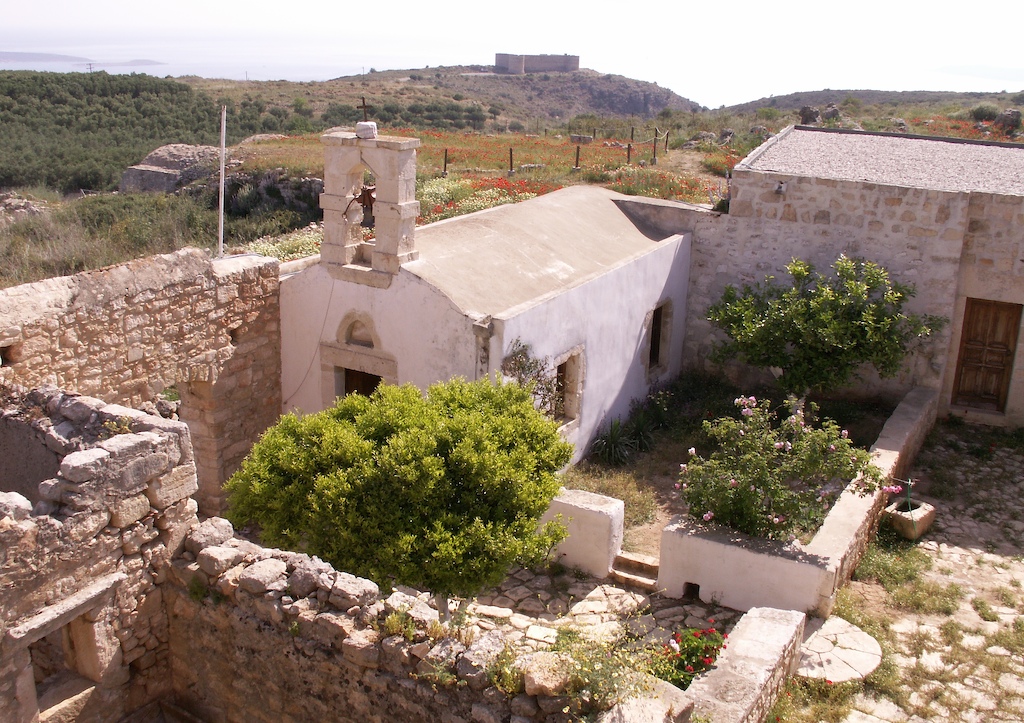|
Cisamus (Aptera)
Cisamus or Kisamos ( grc, Κίσαμος) was town of ancient Crete and was the port of Aptera. It appears as one of two towns of the name in the Peutinger Table ' (Latin for "The Peutinger Map"), also referred to as Peutinger's Tabula or Peutinger Table, is an illustrated ' (ancient Roman road map) showing the layout of the '' cursus publicus'', the road network of the Roman Empire. The map is a 13th-ce .... Its site is tentatively located at Kalami. References Populated places in ancient Crete Former populated places in Greece {{AncientCrete-geo-stub ... [...More Info...] [...Related Items...] OR: [Wikipedia] [Google] [Baidu] |
Ancient Crete
The history of Crete goes back to the 7th millennium BC, preceding the ancient Minoan civilization by more than four millennia. The palace-based Minoan civilization was the first civilization in Europe. After the Minoan civilization was devastated by the Thera eruption, Crete developed an Ancient Greece-influenced organization of city-states, then successively became part of the Roman Empire, the Byzantine Empire, the Venetian Republic, the Ottoman Empire, an autonomous state, and the modern state of Greece. Prehistoric Crete In 2002, the paleontologist Gerard Gierlinski discovered what he claimed were fossil footprints left by ancient human relatives 5,600,000 years ago, but the claim is controversial. Excavations in South Crete in 2008–2009 revealed stone tools at least 130,000 years old. This was a sensational discovery, as the previously accepted earliest sea crossing in the Mediterranean was thought to occur around 12,000 BC. The stone tools found in the ''Plakias'' reg ... [...More Info...] [...Related Items...] OR: [Wikipedia] [Google] [Baidu] |
Aptera, Greece
Aptera ( or ) or Apteron was an ancient city, now an archaeological site in western Crete, a kilometre inland from the southern shore of Souda Bay, about 13 km east of Chania in the municipality of Akrotiri. History It is mentioned (A-pa-ta-wa) in Linear B tablets from the 14th-13th centuries BC. With its highly fortunate geographical situation, the city-state was powerful from Minoan through Hellenistic times, when it gradually declined. However, the Minoan settlement of the Bronze Age was located about 1.5 km away from Aptera, at the place of the modern Stylos settlement. In Greek mythology, Aptera was the site of the legendary contest between the Sirens and the Muses, when after the victory of the Muses, the Sirens lost the feathers of their wings from their shoulders, and having thus become white, cast themselves into the sea. The name of the city literally means "without wings", and the neighbouring islands Leucae means "white". In the third century BC, Apt ... [...More Info...] [...Related Items...] OR: [Wikipedia] [Google] [Baidu] |
Peutinger Table
' (Latin for "The Peutinger Map"), also referred to as Peutinger's Tabula or Peutinger Table, is an illustrated ' (ancient Roman road map) showing the layout of the ''cursus publicus'', the road network of the Roman Empire. The map is a 13th-century parchment copy of a possible Roman original. It covers Europe (without the Iberian Peninsula and the British Isles), North Africa, and parts of Asia, including the Middle East, Persia, and India. According to one hypothesis, the existing map is based on a document of the 4th or 5th century that contained a copy of the world map originally prepared by Agrippa during the reign of the emperor Augustus (27 BC – AD 14). However, Emily Albu has suggested that the existing map could instead be based on an original from the Carolingian period. The map was likely stolen by the renowned humanist Conrad Celtes, who bequeathed it to his friend, the economist and archaeologist Konrad Peutinger, who gave it to Emperor Maximilian I, as part of a ... [...More Info...] [...Related Items...] OR: [Wikipedia] [Google] [Baidu] |
Populated Places In Ancient Crete
Population typically refers to the number of people in a single area, whether it be a city or town, region, country, continent, or the world. Governments typically quantify the size of the resident population within their jurisdiction using a census, a process of collecting, analysing, compiling, and publishing data regarding a population. Perspectives of various disciplines Social sciences In sociology and population geography, population refers to a group of human beings with some predefined criterion in common, such as location, race, ethnicity, nationality, or religion. Demography is a social science which entails the statistical study of populations. Ecology In ecology, a population is a group of organisms of the same species who inhabit the same particular geographical area and are capable of interbreeding. The area of a sexual population is the area where inter-breeding is possible between any pair within the area and more probable than cross-breeding with ind ... [...More Info...] [...Related Items...] OR: [Wikipedia] [Google] [Baidu] |



